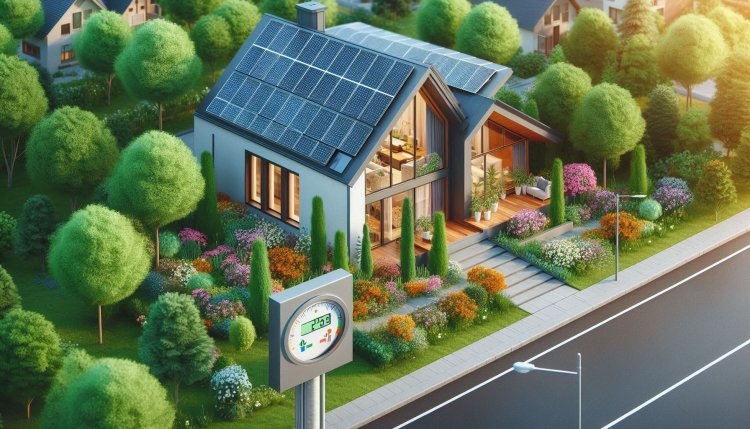Innovations in Biogas Production
Explore the latest advances in biogas production technologies and processes. Learn about innovative methods to generate clean energy from organic waste.

Innovations in Biogas Production
Biogas is a renewable energy source that is produced through the anaerobic digestion of organic matter such as agricultural waste, sewage, and food scraps. It is a versatile energy source that can be used for heating, electricity generation, and as a transportation fuel. In recent years, there have been several innovations in biogas production that have made the process more efficient, cost-effective, and environmentally friendly.
1. Advanced Anaerobic Digestion Technologies
One of the key innovations in biogas production is the development of advanced anaerobic digestion technologies. These technologies allow for the more efficient breakdown of organic matter and the production of higher yields of biogas. One example is the use of high-rate anaerobic digesters, which can process organic waste more quickly and produce biogas at a faster rate. Other innovations include the use of membrane bioreactors and biofilm reactors, which can improve the overall efficiency of the anaerobic digestion process.
2. Co-digestion of Multiple Feedstocks
Another innovation in biogas production is the practice of co-digestion, where multiple feedstocks are combined to improve the overall quality and quantity of biogas produced. By mixing different types of organic waste, such as agricultural residues, food waste, and sewage sludge, operators can create a more balanced feedstock that can enhance biogas production. Co-digestion not only increases biogas yields but also helps to optimize nutrient recycling and improve the overall sustainability of the process.
3. Biogas Upgrading Technologies
Biogas upgrading technologies have also seen significant advancements in recent years. These technologies allow for the purification of biogas to remove impurities such as carbon dioxide and hydrogen sulfide, resulting in a higher-quality gas that can be injected into natural gas pipelines or used as a transportation fuel. Innovations in biogas upgrading include the use of pressure swing adsorption and membrane separation technologies, which can effectively separate methane from other gases in the biogas stream.
4. Integration with Renewable Energy Systems
Another trend in biogas production is the integration of biogas plants with other renewable energy systems, such as solar and wind power. By combining biogas production with other renewable energy sources, operators can create more resilient and sustainable energy systems that can provide power around the clock. This integration can also help to balance the intermittent nature of solar and wind power, ensuring a more reliable energy supply.
5. Smart Monitoring and Control Systems
Advances in digital technologies have also revolutionized biogas production through the development of smart monitoring and control systems. These systems use sensors and data analytics to monitor key parameters such as temperature, pH, and gas composition in real-time, allowing operators to optimize the anaerobic digestion process and maximize biogas production. Smart monitoring and control systems can also help to detect potential issues early on, improving overall plant efficiency and reducing downtime.
6. Decentralized Biogas Production
Decentralized biogas production is another innovation that is gaining momentum in the biogas sector. Instead of large centralized biogas plants, decentralized systems are smaller-scale facilities that can be located closer to the source of organic waste. This approach reduces transportation costs and emissions associated with waste disposal while providing a more localized energy solution for rural communities. Decentralized biogas production can also improve energy access in remote areas and help to diversify the energy mix.
7. Nutrient Recovery Technologies
Biogas production not only generates renewable energy but also produces nutrient-rich digestate that can be used as a fertilizer in agriculture. Innovations in nutrient recovery technologies have allowed operators to extract valuable nutrients such as nitrogen and phosphorus from the digestate, creating a sustainable source of fertilizer for crops. By closing the nutrient loop, biogas production can help to reduce the reliance on synthetic fertilizers and promote circular economy principles.
What's Your Reaction?

















